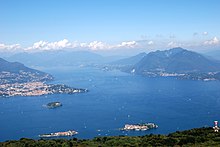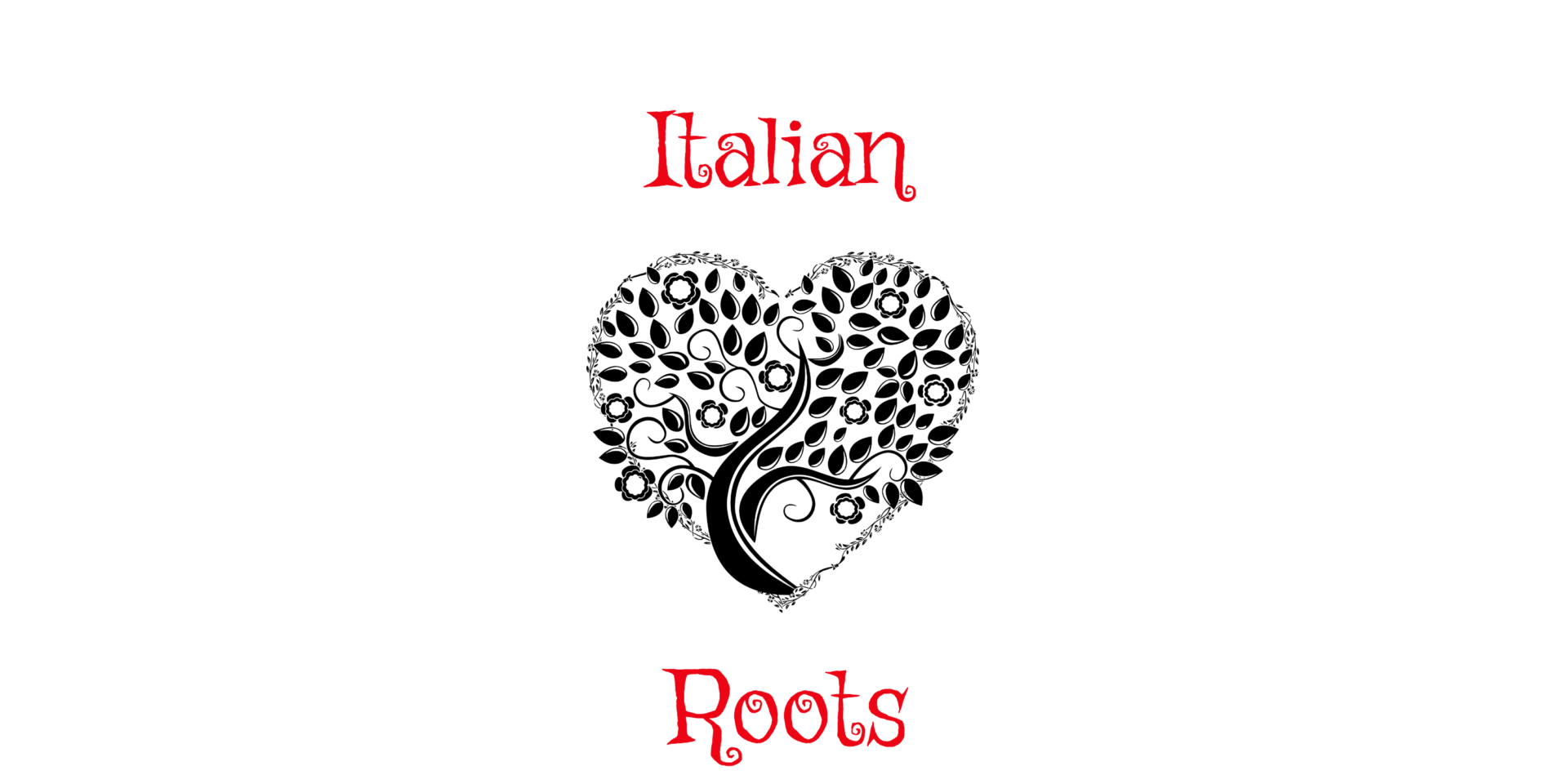
My 17th Great Grandfather was Vitaliano de’Vitaliani he came to Milan in 1396 after having sold his Paduan properties; he assumed the surname Borromeo having been appointed a heir by his uncle Giovanni in 1421;He was Treasurer of Milan, Gentleman of Arona with Rocca d’ Arona, Mercurago, 14-11-1439, Gentleman of Camairago and San Vito 20-11-1440, Ducal Advisor in 1441, Gentleman of Damaged and Cannobio, infeudato of Palestro 3-8-1437 of the Duke of Milan, 1st Conte di Arona according to ducal decree of 26-5-1446 (real 26-5-1455), Patrician of Genoa in 1445, Gentleman of Vogogna with Marozzo 1446, of XII of Power in 1447, ambassador of Milan. He married Ambrosina Fagnani, daughter of Giacomo Fagnani, Patrizio Milanese
Vitaliano de Vitaliani’s relation to you: Direct ancestor (19 generations)
Here’s how:
1. Nicholas Victor Sorrentino is your father
2. Maria Luigia Piromallo is the mother of Nicholas Victor Sorrentino
3. Maria Emilia Caracciolo is the mother of Maria Luigia Piromallo
4. Filippo Caracciolo is the father of Maria Emilia Caracciolo
5. Prince Luigi Caracciolo is the father of Filippo Caracciolo
6. Prince Ambrogio II Caracciolo is the father of Prince Luigi Caracciolo
7. Prince Luigi Caracciolo is the father of Prince Ambrogio II Caracciolo
8. Ambrogio Caracciolo is the father of Prince Luigi Caracciolo
9. Antonia Spinola is the mother of Ambrogio Caracciolo
10. Anna Colonna ( Colonna Y Gioeni ) is the mother of Antonia Spinola
11. Marcantonio V Colonna, VI Principe di Paliano is the father of Anna Colonna ( Colonna Y Gioeni )
12. Filippo I (Prince of Paliano) Colonna, IV Principe di Paliano is the father of Marcantonio V Colonna, VI Principe di Paliano
13. Princess Anna of di Borromeo is the mother of Filippo I (Prince of Paliano) Colonna, IV Principe di Paliano
14. Giberto II Borromeo VII. is the father of Princess Anna of di Borromeo
15. Frederico Borromeo is the father of Giberto II Borromeo VII.
16. Gilberto Borromeo is the father of Frederico Borromeo
17. Giovanni Borromeo is the father of Gilberto Borromeo
18. Filippo Borromeo is the father of Giovanni Borromeo
19. Vitaliano de Vitaliani is the father of Filippo Borromeo
The aristocraticBorromeofamily were merchants at San Miniatoaround 1300 and became bankers at Milan after 1370. Vitaliano de’ Vitaliani, who acquired the name of Borromeo from his uncle Giovanni, became count of Aronain 1445. His descendants played important roles in the politics of the Duchy of Milanand as cardinals in the Catholic Reformation. In 1916 the head of the family was granted the title Prince of Angera.
The best-known members of the family were the cardinalsand Archbishopsof Milan; Carlo(1538–1584), who was canonizedby Pope Paul Vin 1610, and Federico(1564–1631), who founded the Ambrosian Library. The figure of the Borromean rings, which forms part of the family’s coat of arms, is well known in the diverse fields of topology, psychoanalysisand theology.
Link to Part 1 of Borromeo Tree
Link to Part 2 of Borromeo Tree
Around 1300 this was one of a number of merchant families in San Miniatoto carry the name “‘Buon Romei'” (or ‘Borromei’) because of their origins from Rome.[1]
The first member of the family to come to prominence was Filippo who, backed by Holy Roman Emperor Charles IVand Gian Galeazzo Visconti(later to become Duke of Milan), led the Ghibellinesof San Miniatoin their 1367 revolt against the FlorentineGuelphs. In 1370 he was taken prisoner by the Florentines and decapitated. He left five children who had taken refuge in Milan at the time of the revolt. The sons Borromeo and Giovanni founded the Borromei Bankat Milan, with other family members running banks in Veniceand Florence.
Filippo Buonromei married Talda di Tenda, sister of Beatrice di Tenda(the hero of a tragic opera by Vincenzo Belliniand wife of the Milanese duke Filippo Maria Visconti). Filippos daughter Margherita Borromeo († 1429) married Giacobino Vitaliani († 1409), a patricianfrom Padua, their son Vitaliano Vitaliani(1390-1449) was adopted in 1406 by his childless uncle Giovanni Borromeo, the owner of the Milan bank. The Vitaliani family traces its origins back to Giovanni dei Vitaliani in the 11th century and had been Lords of Bosco, Bojone und Sant’Angelosince c. 1100. In 1418 Vitaliano I Borromeobecame treasurer of his uncle, duke Filippo Maria, who also made him Count of Aronain 1446.[2][3]He acquired the fiefs and castles of Arona and in 1449 of Angeraon the banks of Lago Maggiore. (The castle of Angera is still today owned by the family.) Ever since, the Borromeos were the leading land owners (and at times Milanese governors) around the Lago Maggiore.
Vitaliano Borromeo († 1449) had built a castle at Peschiera Borromeonear Milan in 1437. In 1450 Francesco I Sforzawas backed by the family in his struggle to become heir and successor of the Visconti dukes and used the castle as a base for his siege of Milan. When he became duke, his gratitude for the family’s services overwhelmed them with rewards and honors, among which was the title of acount of Peschierafor Vitaliano’s son Filippo Borromeo (1419–1464) in 1461. Filippo expanded the bank as far as Brugesand London. The business was run at least until 1455.[4]
In 1520 Ludovico Borromeo built the castle Rocca Vitalianaat Castelli di Cannero, a fortification against the Old Swiss Confederacy. Giberto II Borromeo(† 1558), Milanese governor at the Lago Maggiore, married Margherita Medici di Marignano, the sister of pope Pius IVand of condottieroGian Giacomo Medici, Duke of Marignano. One of their sons, Carlo Borromeo(1538−1584), became a cardinal of the Roman Catholic Church, archbishop of Milan, and a canonized saint.
The family has owned the Borromean Islandssince the 16th century. The islands have beautiful gardens. Two of the islands have grand palaces, still owned by the family. Vitaliano Borromeo built a summer palace on the Isola Bellafor his wife Isabella between 1650 and 1671 which was later enlarged by cardinal Giberto III. (1615–1672) and count Vitaliano VI. (1620–1690). Count Carlo IV. (1657–1734) had the garden terraces added. The family still owns the majority of the Borromean Islands.
There were 7 Cardinals from the Borremo Family
Princess Anna de Borremeo 11th GG

Frederico 12th GG
Federico (* Rocca d’ Arona 1536 Rome 19-8-1562), Conte di Arona, Gentleman of Angera, Gentleman of Laveno, Vigezzo, Cannobio, Damaged, Camairago, Ceresolo, Cellina, Palestro,
Arolo, Ispra, Consignore of Omegna and Milanese Patrician; Prince and Marquis of Oria 1562,
Duke of Dressing room and General Captain of Holy Roman Church in 1562; Gentleman of Tossignano,
Gilberto 13th GG
Giberto (* Milan 11-11-1511 there 27-7-1558), Conte di Arona, Gentleman of Angera, Gentleman of Laveno, Vigezzo, Cannobio, Ceresolo, Camairago, Palestro, Damaged and Ispra, Consignore di Omegna
(confirmed in 1536 of the Emperor Carlo V) and Patrizio Milanese; Senator of Milan in 1549,
Governor of the Greatest Lake in 1551, ambassador in 1557, Decurione Perpetuo of Milan.






